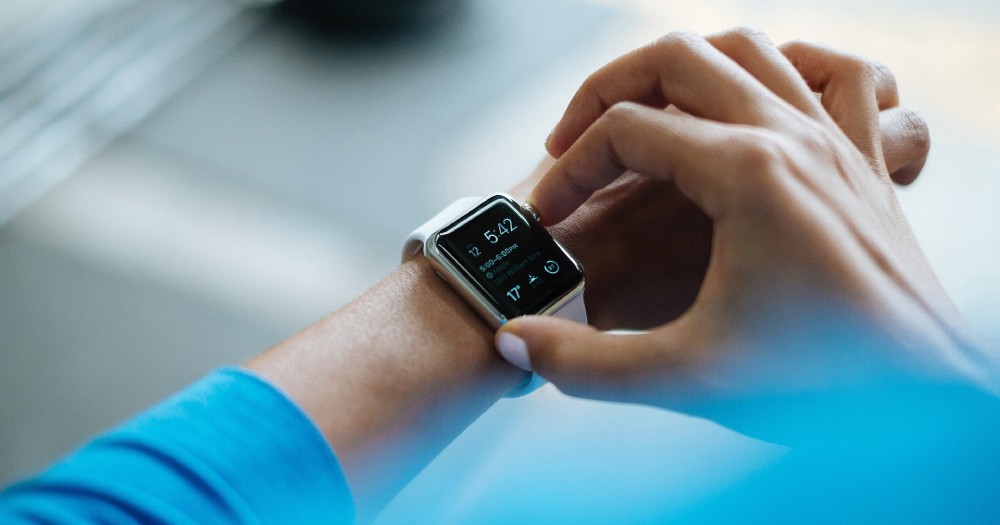Wearables moving into critical care roles?

Wearable technology, which is commonly associated with fitness tracking, is now entering the realm of critical care medicine. Recent research published in the "International Journal of Systems, Control and Communications" explores how these devices could revolutionize patient care in intensive care units (ICUs).
By providing continuous, real-time data, wearables could offer healthcare professionals a more personalized and less invasive way to monitor critically ill patients.
How would it work?
In traditional ICU settings, patient monitoring relies on large equipment like heart monitors, respiratory devices, and blood pressure machines. While effective, these methods often require frequent manual intervention by healthcare workers. Blood or urine samples are also routinely taken, posing an infection risk due to their invasive nature.
Wearable technology, on the other hand, offers a significant advantage by providing non-invasive, continuous monitoring. These devices transmit real-time, personalized data to clinicians, allowing them to respond quickly to critical conditions such as multi-organ failure.
"Wearables will support health care by transmitting personalized data to clinicians, allowing them to make decisions in real time," researchers note.
Why does it matter?
The shift towards wearables in critical care could transform the way patients are monitored and treated, especially in high-stakes situations where every second counts. The non-invasive nature of wearables means fewer risks of infection and discomfort for patients. Moreover, the ability to gather continuous data in real time can improve decision-making and responsiveness in treatment.
As researchers develop multifunctional sensors that can be integrated into a single device, the potential for streamlining data assimilation and transmission will be even greater. This can lead to significant improvements in care, especially in resource-limited settings, such as during a pandemic.
The context
The demand for innovative healthcare solutions has never been higher, particularly in light of global health crises like the COVID-19 pandemic. In such situations, ICUs are often overwhelmed, and the need for real-time, non-invasive monitoring becomes critical. Wearable technology offers a solution that could alleviate some of the pressures faced by healthcare systems.
By integrating multiple functions into a single wearable device, hospitals could optimize resources and improve patient outcomes.
💡Did you know?
You can take your DHArab experience to the next level with our Premium Membership.👉 Click here to learn more
🛠️Featured tool
 Easy-Peasy
Easy-Peasy
An all-in-one AI tool offering the ability to build no-code AI Bots, create articles & social media posts, convert text into natural speech in 40+ languages, create and edit images, generate videos, and more.
👉 Click here to learn more


